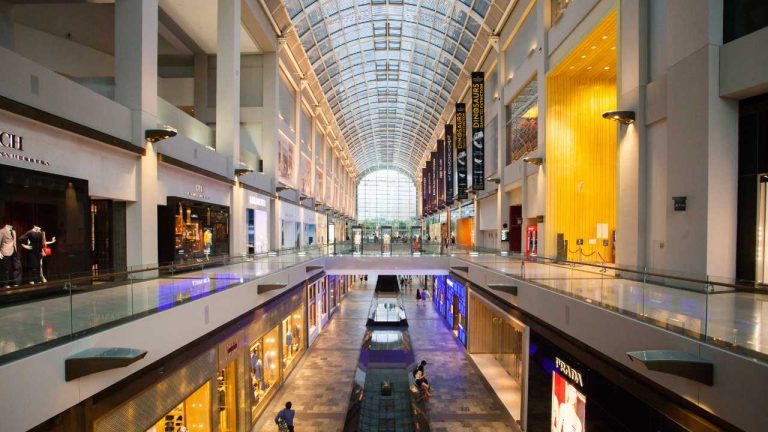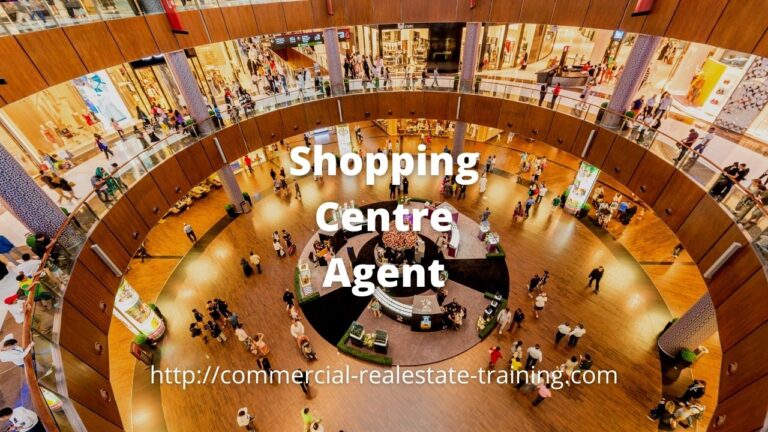Shopping Center Management Maintenance Routines and Strategies
When you manage a shopping center it is critical that a process of inspection occurs within the property on a regular and perhaps even a daily basis (depending on property size and operations). In doing that you should be looking for issues of potential property damage, danger, failure, or personal injury. The property should be safe and functional in all respects. To do otherwise can see a variety of asset challenges arising including the following:
- Injury to customers
- Injury to tenants
- Loss of rent
- Loss of trade
- Less customers coming to the property
- A rise in operational costs due to uncontrolled failure of plant and machinery
The expenditure budget for a shopping center should be established to allow for expected and unexpected maintenance issues. You can incorporate preventative maintenance routines into the property to help with property function and occupation.
Take the advice of your maintenance contractors, and also allow for the history of the property; understand how tenants, customers, and visitors to the property use it and move through it. Establish your maintenance routines around those things.
A retail property is generally more active on a physical basis than that of an office or industrial investment property; it stands to reason that pressures will occur on maintenance and operations of a shopping center. So you do need a property inspection process and routine. Here are some ideas to merge into that plan and system:
- Look at the design of the property to understand how people come to it and move through it. Doorways, car parking, transport drop off points, walk ways, taxi ranks and surrounding roads are some of the bigger factors to consider. Use door counters to understand the busiest points of entry and times of day. In reviewing these issues, look at the differences in days of the week and the hours in the day.
- Consider the experience that a person or customer will get when they visit the property. Signage, cleanliness, safety, tenant mix, and convenience are all very important factors to consider. If a shopper is inconvenienced in any way, they are likely to look for another property where they can satisfy their shopping needs. That then creates a decline in trade.
- Understand the pressures that a tenant and their business could apply to any property maintenance and cleaning routine. If a tenant is highly active in marketing or if they sell a very popular product or service, the impact on the property from customers should be catered for. You can also apply a levy on a tenant through the lease if they create unusual demands on property functionality. That levy should be a factor of lease negotiation.
The maintenance aspects of a retail property are higher than that of an office or industrial investment property. The outgoings budget for a retail property will also be higher in cost per area unit for this reason. That then has an impact on net and gross rentals for the landlord and the tenants. Shopping center managers and leasing managers are well aware of the need to stay within the ‘averages’ when it comes to property operational costs. Structure your maintenance routines accordingly.





